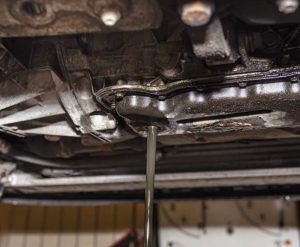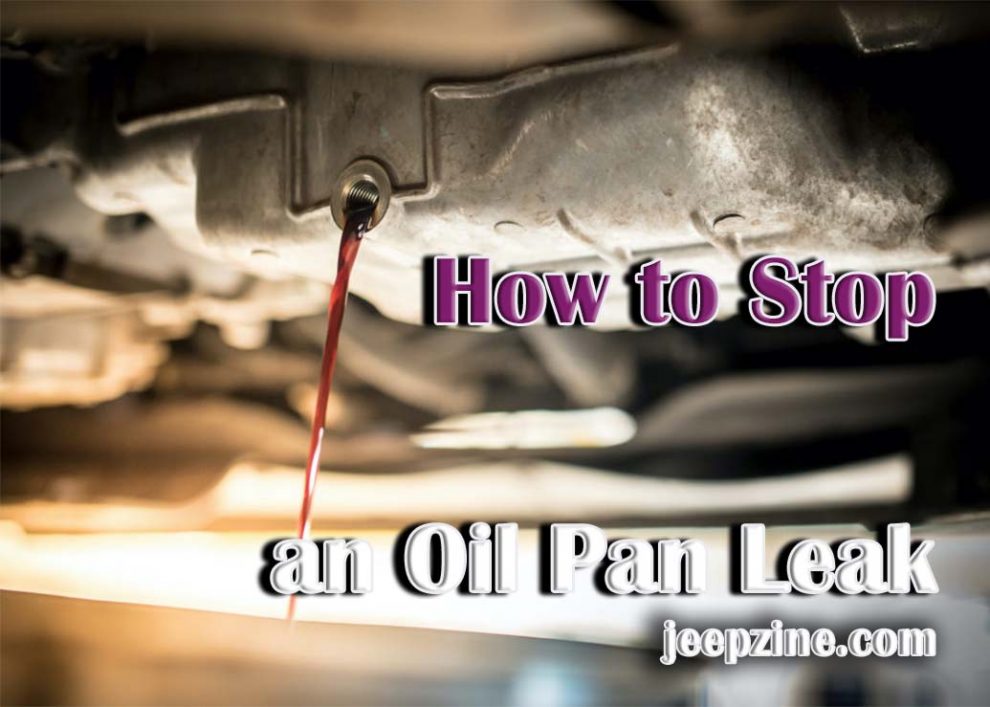An oil pan leak is one of the most common problems that a car owner experiences. It can be caused by a variety of factors, such as engine wear and tear, seal leaks, and damage to the oil pan itself. Fortunately, it’s usually a fairly easy problem to fix once you know what’s causing it.
What is an Oil Pan Leak?
An oil pan leak occurs when there is an imbalance in the pressure inside the engine’s oil system. This imbalance causes liquid to escape from the oil pan, creating a puddle of leaking fluid underneath your car. The most common type of oil leakage comes from worn seals or gaskets around the drain plug or sump plug in the bottom of your engine’s oil pan. This type of leak often results in significant amounts of oil loss over time and can lead to serious mechanical issues if left unchecked.
Common Causes of Oil Pan Leaks

How to Stop an Oil Pan Leak
Stopping an oil pan leak is possible with the right tools and a bit of know-how. Here’s how to do it:
Preparing the Vehicle
Before attempting any repairs, make sure that your vehicle is safe and secure. Park your car on a flat surface and engage the parking brake; then disconnect the negative battery cable to prevent accidental electrical sparks while working on the car. Before you begin any repair work, make sure you have all of the necessary tools on hand, such as new gaskets or replacement seals for your engine parts.
Finding the Source of the Leak
Once you have gathered all of your supplies and prepared your vehicle for repair, it’s time to locate the source of the leak. Start by wiping away any excess oils or other fluids from around the area where you think it may be leaking from so that you can easily spot any drips or seeping liquids. You may need to use a flashlight or other light source if it’s difficult to see in certain areas due to poor visibility.
Repairing the Leak
Once you have identified the source of the leak, it’s time to repair it. Depending on the type of oil pan leakage your car has, you may need to replace worn gaskets or seals, or even replace the entire oil pan itself. If you’re unsure how to proceed with your repair job, consult an automotive technician for advice and guidance.
Conclusion
Stopping an oil pan leak is generally a straightforward process that requires only basic tools and supplies. However, if you are unable to locate or repair the source of your oil pan leak yourself, it’s best to consult a professional mechanic who can help diagnose and fix any issues with your vehicle’s engine. Taking care of any issues with your car’s engine as soon as they arise is essential for prolonging its life and avoiding expensive repairs down the line.


Add Comment